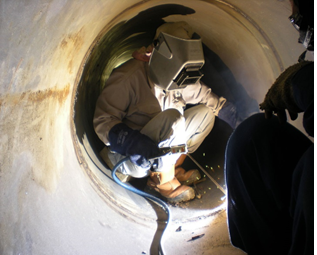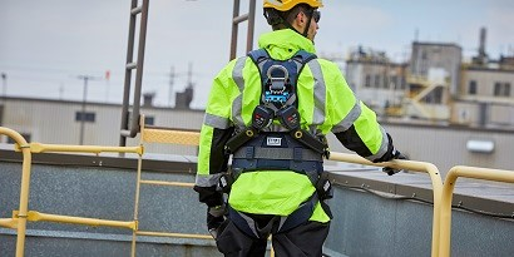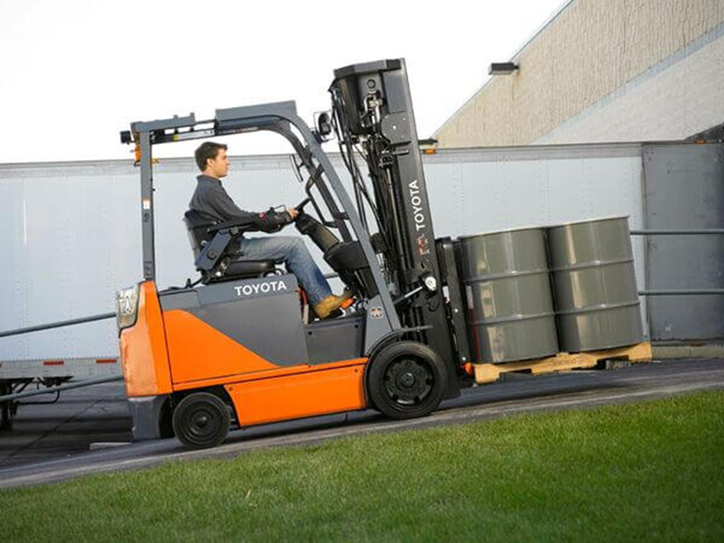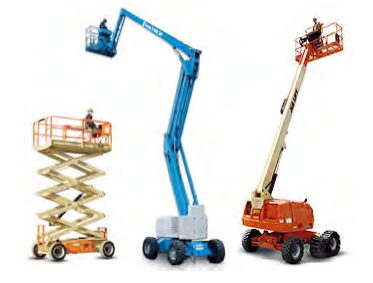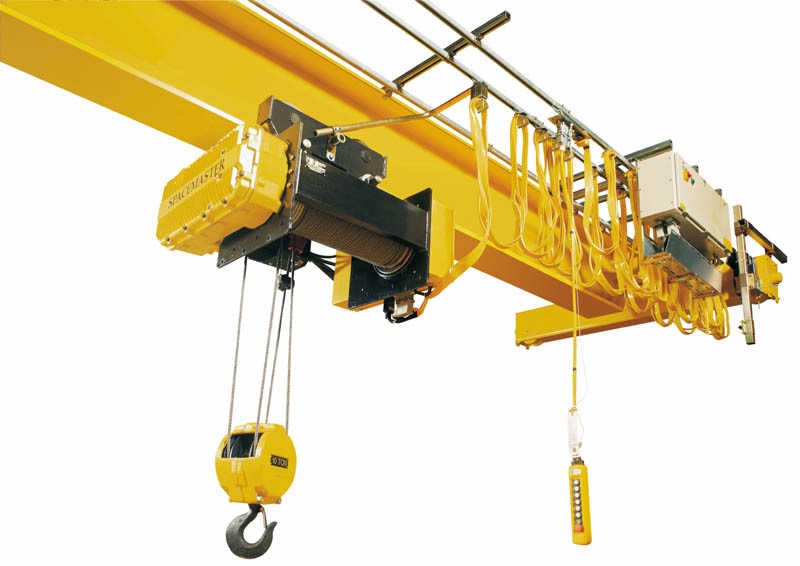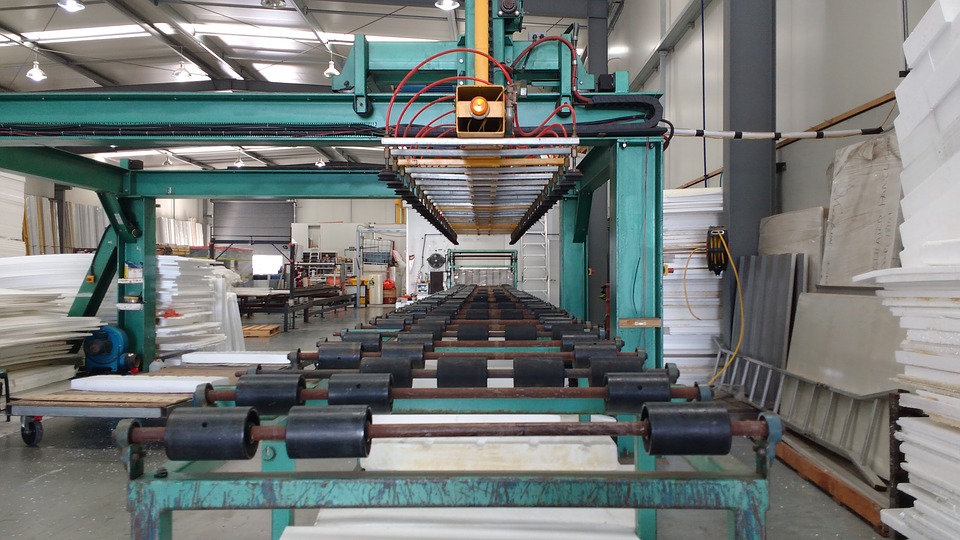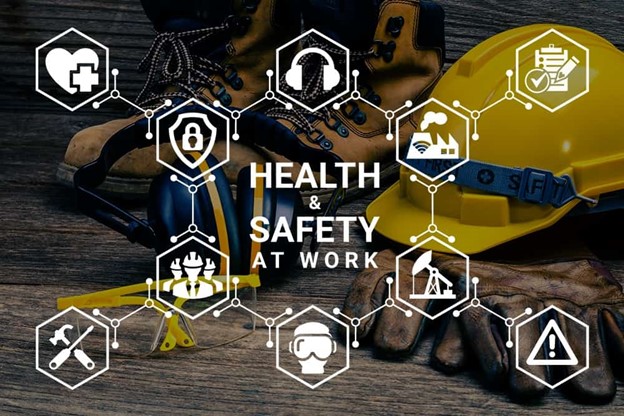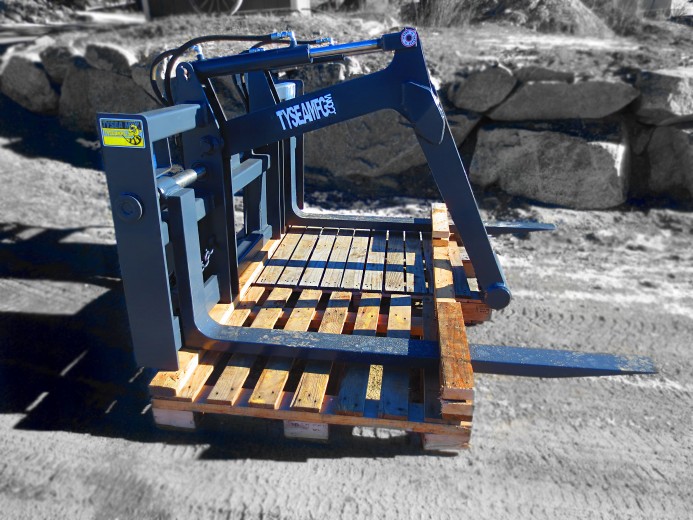Purchase a yearly direct membership and receive WCB premium discounts that are equal to or greater than the cost of membership with SASM.
Adult Learning Theory Course (2025)
Regular Price: $50
Adults learn differently than children. This introductory course helps trainers recognize and deal with adult learning situations and will provide students with a strong foundation in Adult Learning Theory. This course has been designed for trainers,…
Basic Ergonomics for Workers - Classroom
Regular Price: $50
Ergonomic injury is the highest single cause of injury, and injury costs, in the manufacturing sector. Typical types of injuries include the back, shoulder and repetitive strain injuries. Most of these injuries can be reduced and prevented by…
Basic Ergonomics for Workers - Online
Regular Price: $50
Ergonomic injury is the highest single cause of injury, and injury costs, in the manufacturing sector. Typical types of injuries include the back, shoulder and repetitive strain injuries. Most of these injuries can be reduced and prevented by…
Basic Ergonomics in a Manufacturing Environment – Classroom
Regular Price: $100
This course is targeted to management and supervisors.
Ergonomic injury is the highest single cause of injury, and injury costs, in the manufacturing sector. Typical types of injuries include the back, shoulder and repetitive strain injuries. Most of…
Basic Ergonomics in a Manufacturing Environment – Online
Regular Price: $50
This course is targeted to management and supervisors.
Ergonomic injury is the highest single cause of injury, and injury costs, in the manufacturing sector. Typical types of injuries include the back, shoulder and repetitive strain injuries. Most of…
Chainsaw Theory Course (2025)
Regular Price: $25
Chain saws, if used improperly, can instantly deliver significant, life altering injuries. Employers are required to provide training for all workers who are permitted or instructed to use a chain saw. Supervisors who oversee workers using chain saws…
Confined Space Monitoring & Entry with VR Practical
Regular Price: $200
Confined Space Entry has been identified as one of the greatest hazards in industrial worksites. Six Safety Associations from Saskatchewan have collaborated to develop this training course. It will be instructor led either in a classroom or through a…
Fall Protection & Prevention
Regular Price: $100
Falls from height are one the most significant methods of injury in a number of industries. Because of the serious injuries a fall can cause working at heights has a significant risk of catastrophic consequences. This course addresses safe working at…
Incident Investigations Theory (2025)
Regular Price: $25
Investigations are required by numerous regulations and are an indication to the workers that the firm cares about the employees’ well-being. Firms must have a policy directing their investigation program and must be able to prove not only that…
Inspections Awareness Training (2025)
Regular Price: $25
Inspections are required by numerous regulations, are a primary proof of due diligence, and are the cornerstone of an adequate safety management system. Firms must have a policy directing their inspection program and must be able to prove not only…
Ladder Safety Awareness (2025)
Regular Price: $25
This course provides a practical introduction to working safety with ladders (step, extension, and fixed ladders). The course focuses on the duties of the employee when using a ladder – inspection before use, proper set up of ladder, and how to work…
Mobile Elevated Work Platform (MEWP) Awareness Training (2025)
Regular Price: $50
In this course we will review the regulations and applicable standards (CSA, ANSI and ISO) as they relate to the basic safety and management of various aerial lifts in the workplace. Aerial lifts are now referred to as mobile elevating work platforms…
Occupational Health and Safety Committee (OHC) Level 1 & 2
Regular Price: $300
SASM’s three-day OHS Committee/Representative course is targets reducing loss by engaging the workforce to help design and build a better workplace. Sask. OH&S Legislation (Tables 7 & 8) indicates which firms must have a OHS Committee or…
Orientation Safety Training (2025)
Regular Price: $50
The Orientation Safety Training Course is an interactive, online training course composed of 10 modules, each focused on a different fundamental aspect of the manufacturer’s worksite safety.
This course is designed to provide workers with a general…
Overhead Crane Theory - Classroom
Regular Price: $50
Overhead cranes and hoists are critical to the efficient operation on many industrial operations. They move loads both large and small with accuracy and speed. Because of the weight of the loads being lifted, crane and hoist incidents represent a…
Respiratory Protection Theory
Regular Price: $50
Workers that are required to, or, allowed to wear respiratory protection must receive training on the hazards associated with the chemicals or particulates in the atmosphere and also on the respiratory protection equipment. Certain medical conditions…
Risk Aassessment, Job Hazard Analysis, Safe Work Practices and Procedures (2025)
Regular Price: $50
Risk assessment and mitigation is required by regulations, is a primary proof of due diligence, and, must include “at risk workers”. Firms must have a policy directing their risk mitigation program and must be able to prove not only that risk…
Safety Management Administrator (SMA)
Regular Price: $500
A safety management system (SMS) must be integrated into the management system(s) of an entire organization. “Safety” often exists due to workplace culture but every safety management system must be able to prove the safety related activities and…
Safety Management Systems (SMS)
Regular Price: $200
A safety management system (SMS) must be integrated into the management system(s) of an entire organization. “Safety” may exist due to workplace culture but every SMS must plan for safety, safety improvements and the ability to document the safety…
Skid Steer Loader Operator Theory
Regular Price: $100
Skid Steer equipment is becoming a standard for many industrial operations. The multiple attachments offer versatility to accomplish many different tasks. Because of the height skid steers can reach, the multiple different attachments and the unique…



